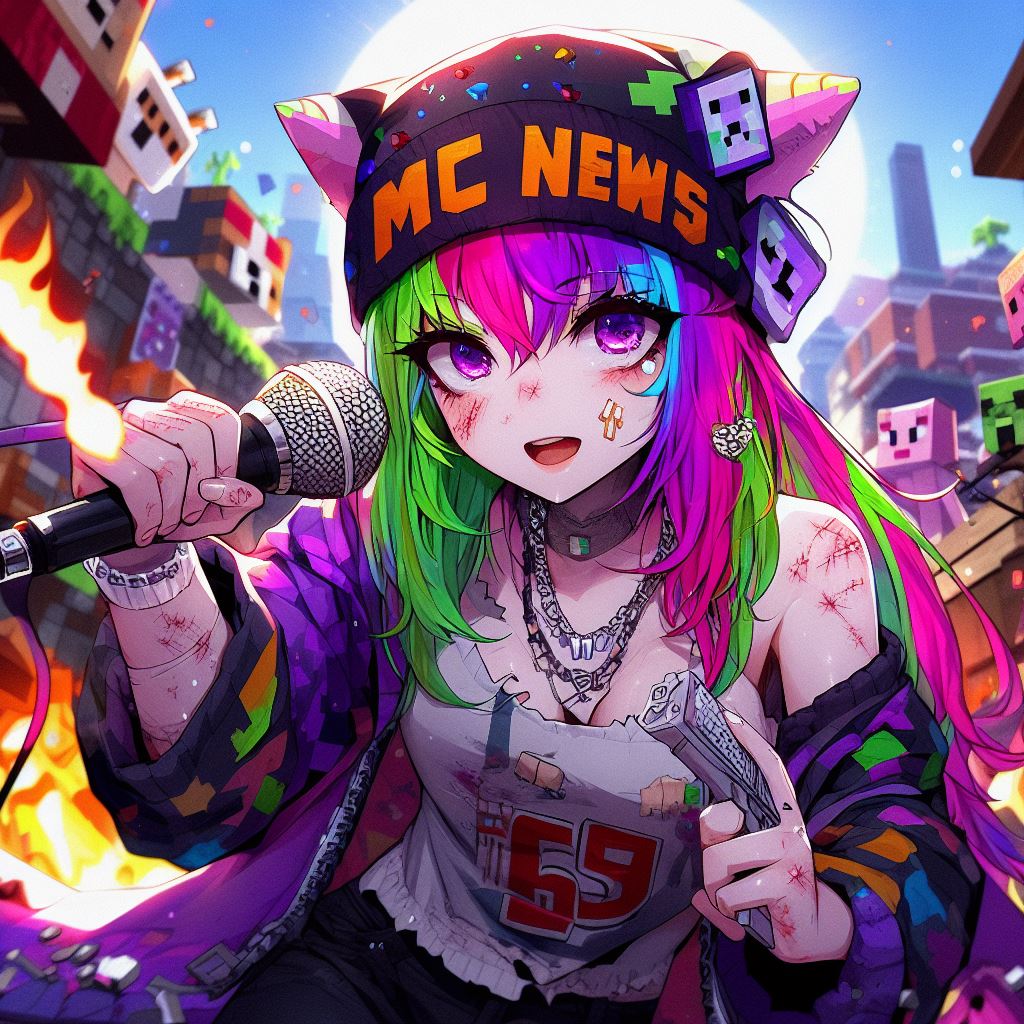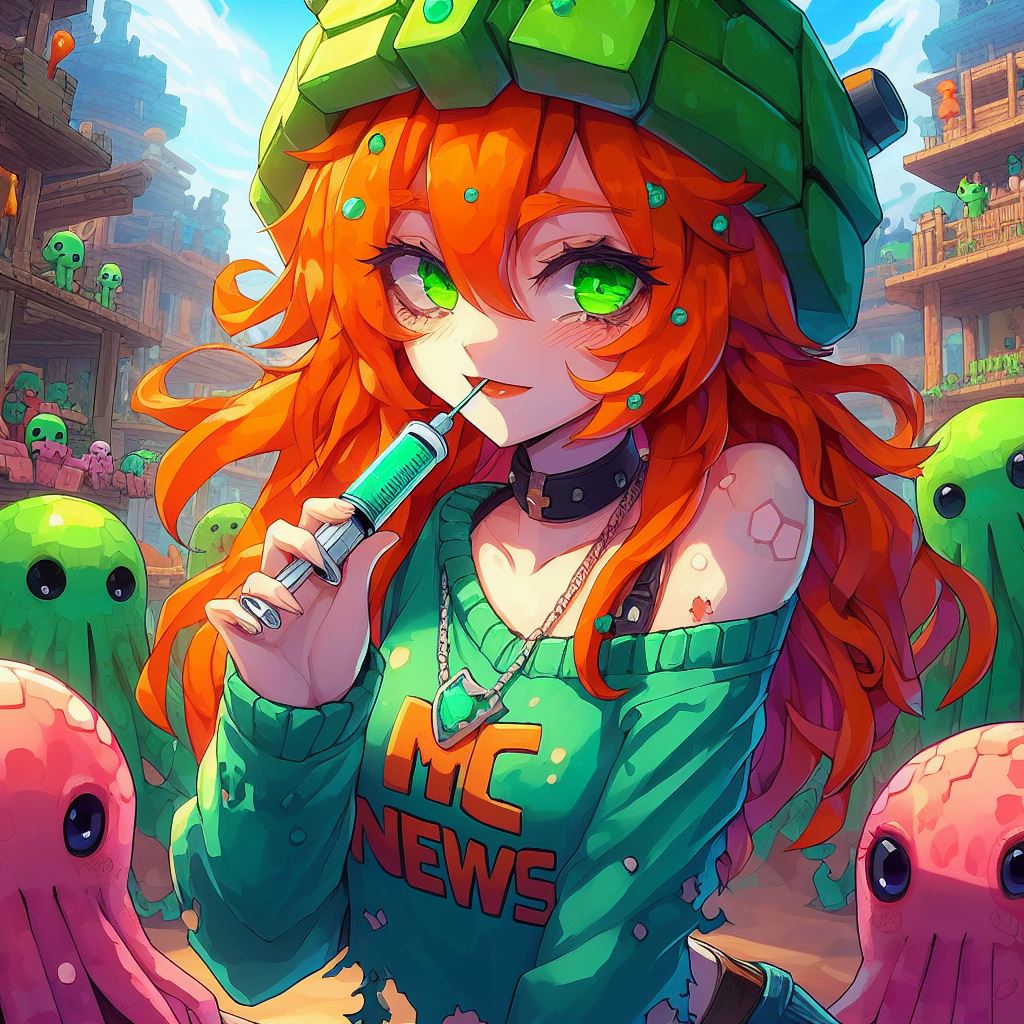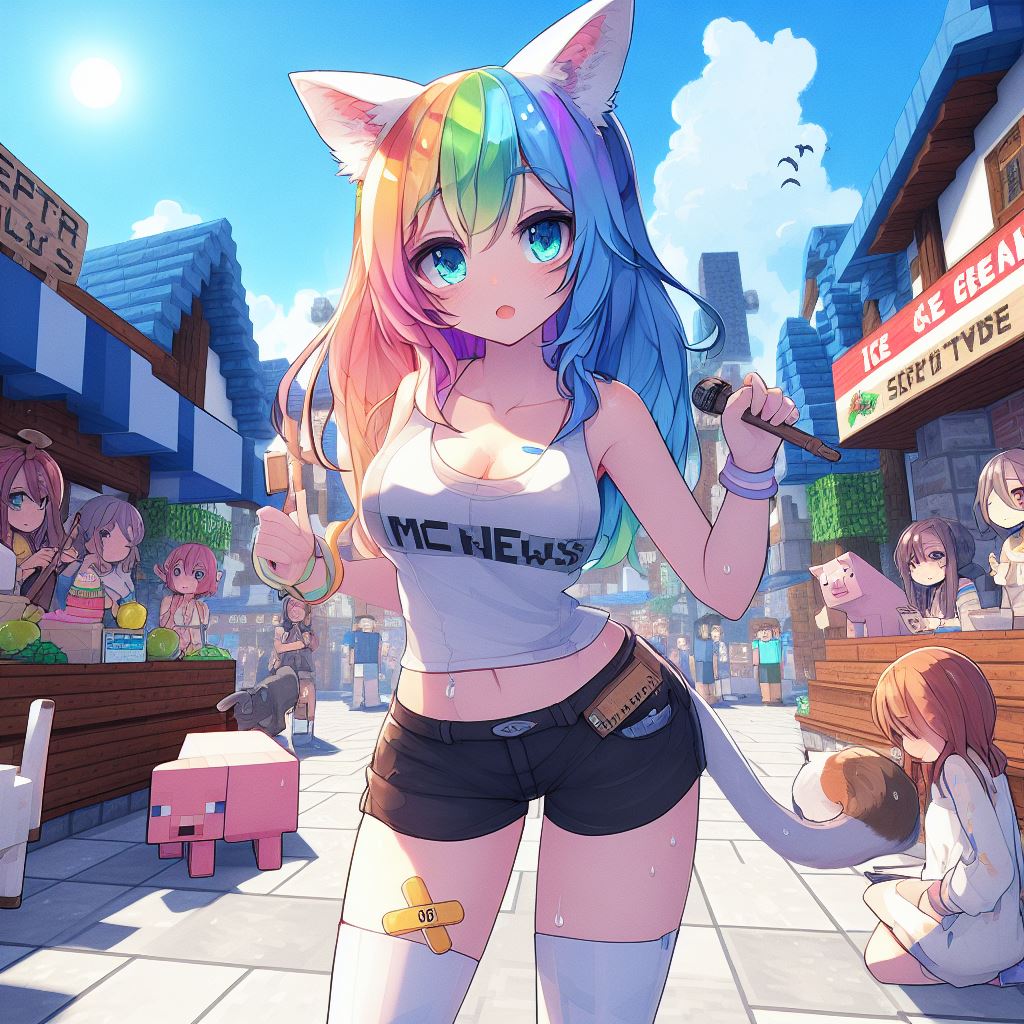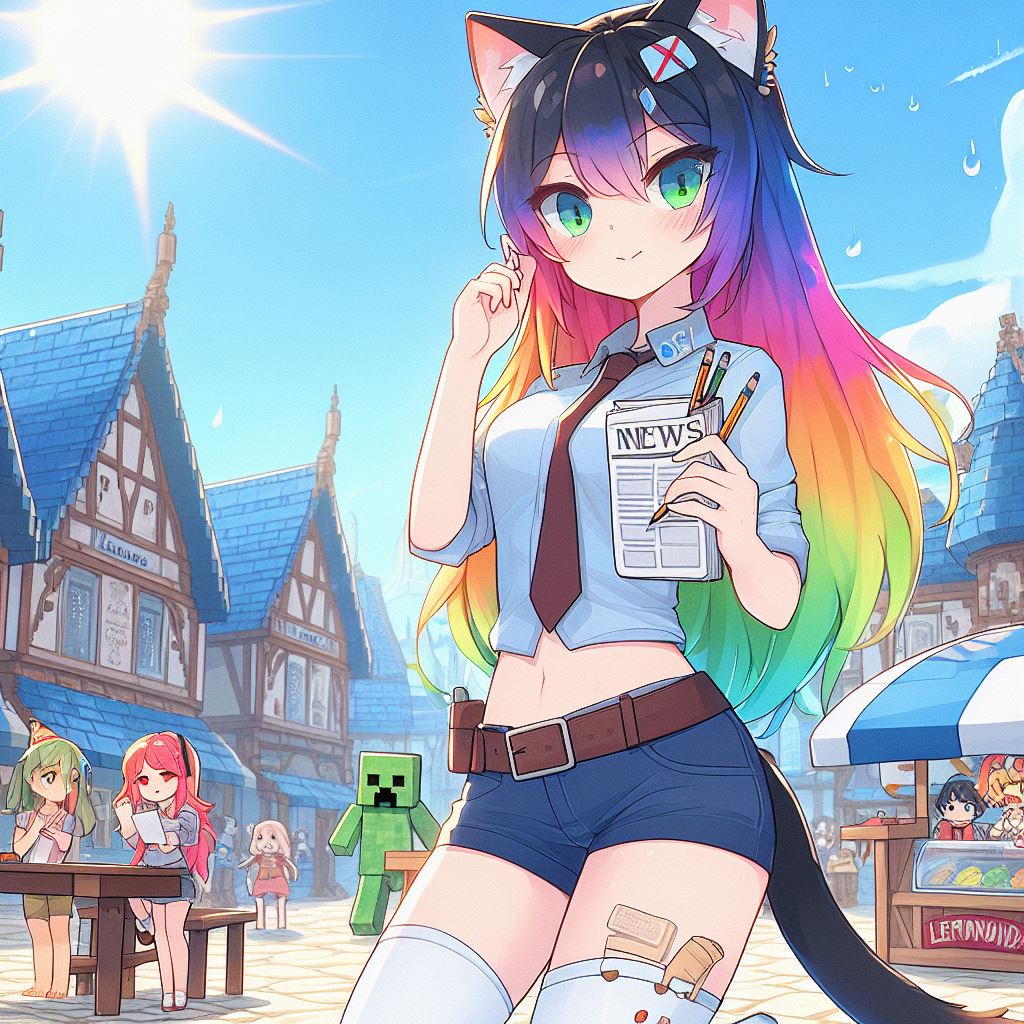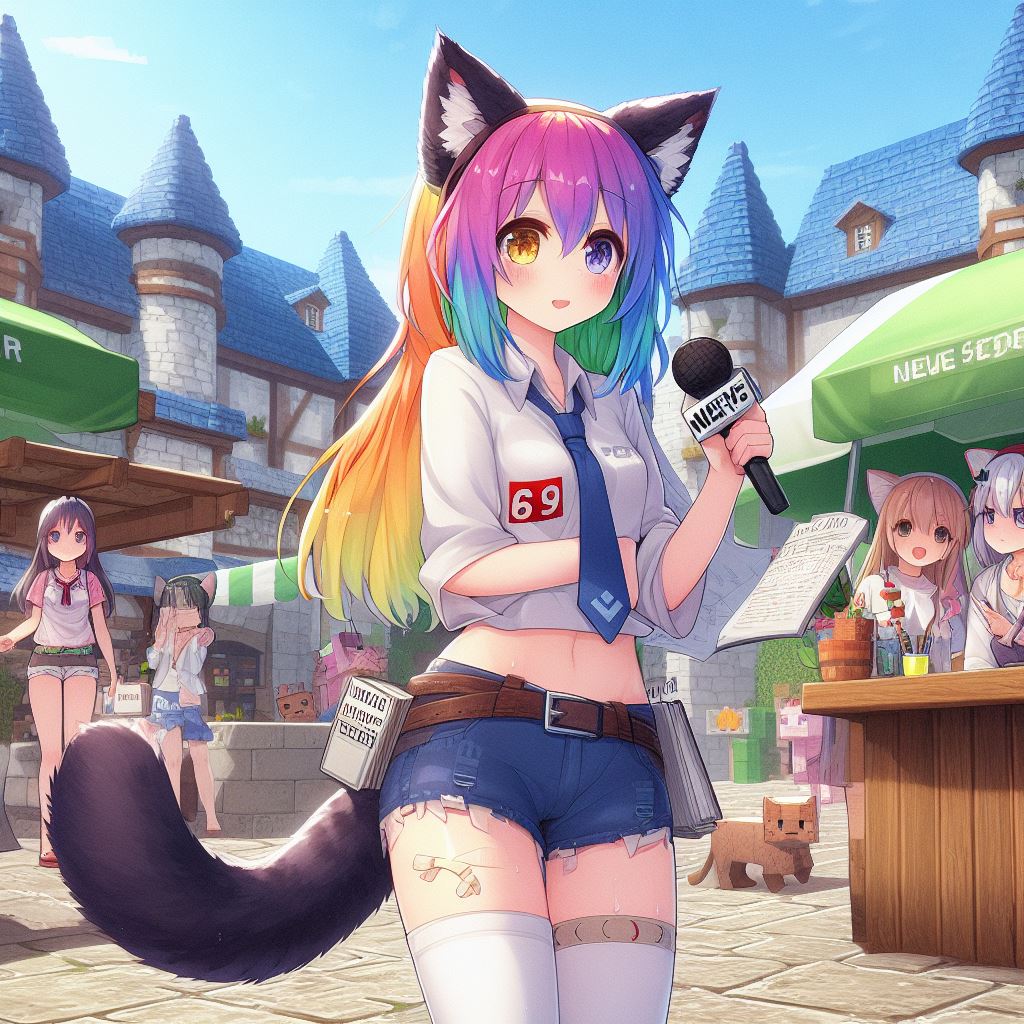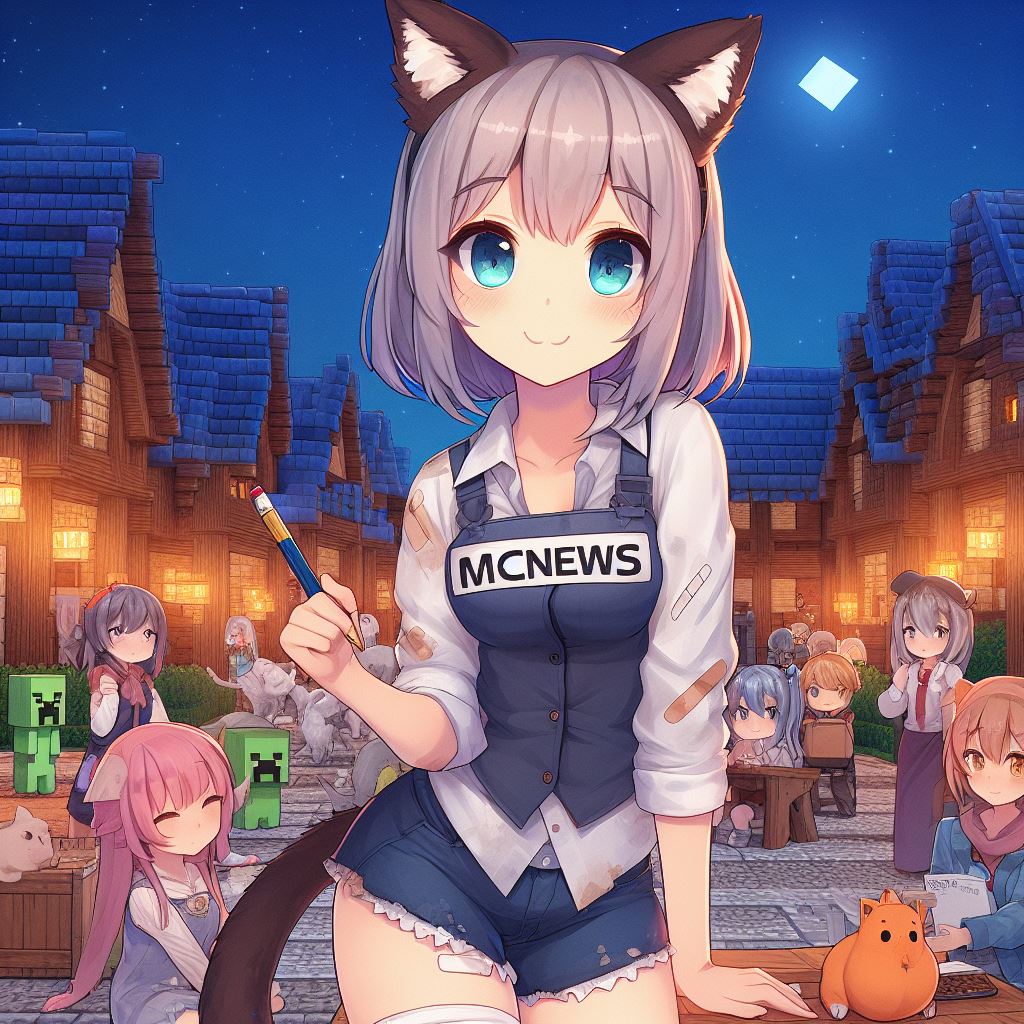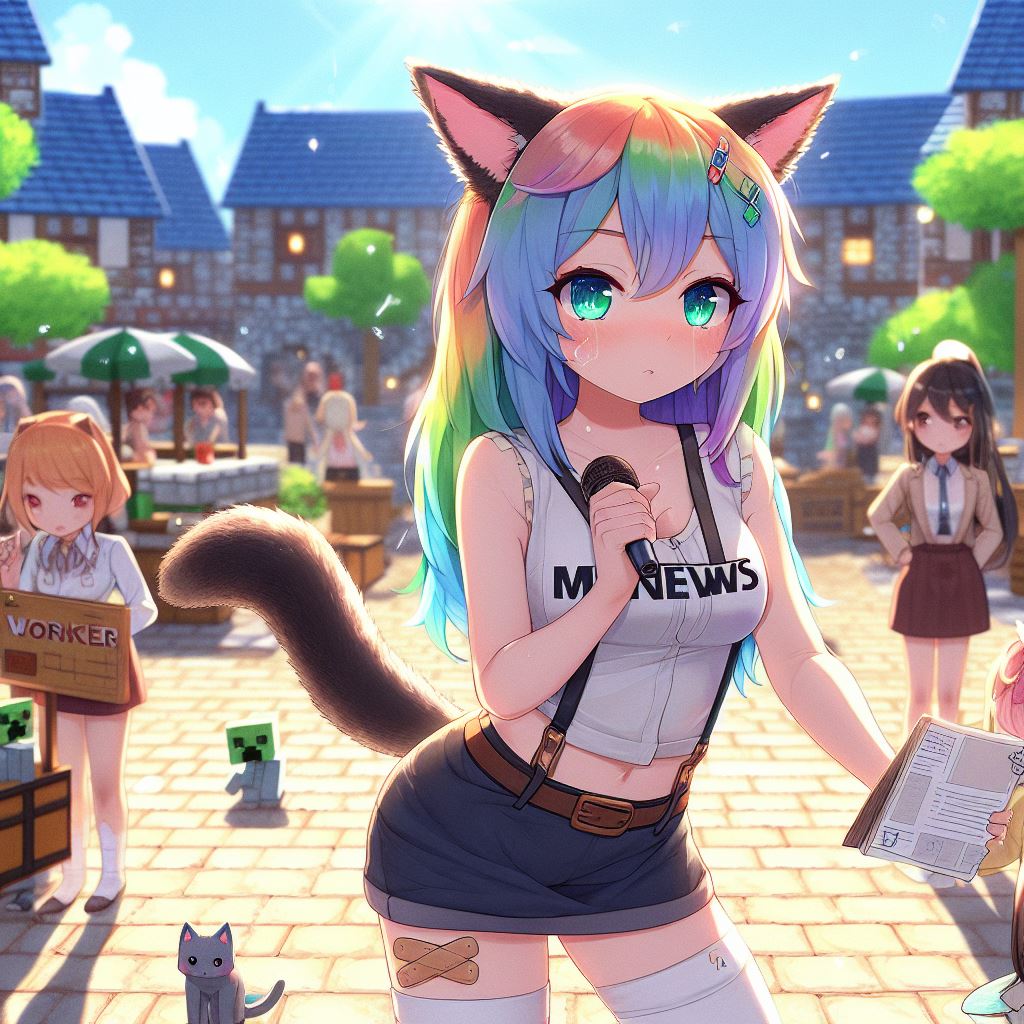Minecraft has a lot of planned features that were promised to come to the game eventually, such as the remaining content from the 2018 and 2019 biome votes. The winners, Taiga and Mountains, have been implemented into the game, along with the Swamp content That came runner-up to the mountains. The biomes left are the Badlands, Savanna and Desert, the features of which the community has speculated on for years. Since the Wild Update consisted mainly of features from the backlog, my predictions for Minecraft Live this year haven’t changed much – so feel free To watch my video from then. In this video I want to take a closer look into the features showcased in the biome vote videos, and give my thoughts as to how Mojang might implement them. Ideally, they should have unique behaviour, personality, and function. Additionally, designing mechanics that are faithful to their real-life inspiration can result in a more immersive experience for the player. Plants that only flourish in certain climates encourage the player to explore and set up transportation. Animals that have interesting functions beyond the loot they drop can inspire more diverse gameplay and kindle a relationship Between the player and their environment. Far from being a limitation on creativity, reality can serve as both accurate representation and as inspiration, especially when integrated into classic gameplay and the more fantastical elements of Minecraft. With that in mind, let us begin. The features planned for the badlands biome are vultures, tumbleweed and a new type of cactus. Vultures were described as being drawn to loot from unlucky explorers, but it was clarified at Minecon Live 2019 that they would not steal the items, But merely circle them as an indication for where a player died. However, this function is very similar to an item that was introduced in the Wild Update – the Recovery Compass. So, what if the vulture could protect your loot instead? If you’ve journeyed to the badlands And befriended a vulture, the next time you die, even if it’s not in the badlands, it will teleport straight to your death location and start circling your loot! This would prevent it from despawning in 5 minutes as it normally would, but wouldn’t protect it from damage from lava or the void. Additionally, to make the loot easier to recover, the vulture could attack hostile mobs nearby. In popular culture, vultures are known as murder birds and are seen as a bad omen. In reality, they are scavengers, and some species are critically endangered. This is concerning, as vultures Compete with pests and disease vectors for food, helping to control their population. Perhaps in Minecraft, they could attack undead mobs to communicate this, on top of their loot protecting function. Having vultures serve as an ally to the player, perhaps in exchange for rotten flesh, Would further mitigate the overly punishing death system and raise awareness about them. While tumbleweed may be iconic to the Western movie aesthetic, they pose a big problem to farms and communities due to their ability to spread their many offspring far and wide, As well as their flammability. This may not fit well into Minecraft given that the player should be able to prevent disasters, so seeds could grow into tumbleweeds, but they would only plant a seed once they collide with a mob. A second collision could destroy them, dropping A seed as an item without planting it. This prevents the possibility of exponential growth while letting a player renew them if desired. Tumbleweeds could also deal damage on collision. The new cactus shown appears to be a pear cactus, which has a few interesting properties. First off, It is considered an invasive species in some countries, and to symbolise that, when transplanted into other biomes, it could spread on its own, or if that proves to be too griefy, create some sort of damaging area of effect to encourage players to farm them in the badlands. Both its fruit and the green “pads” also have uses in real life, though the spikes must be removed first. We could implement this by requiring the cactus to be stripped with an axe before it drops items, otherwise the player who mined it will take damage and the cactus itself would drop Instead. The pads could be crafted into leather, to provide a source for pacifist playthroughs, and the fruit could be eaten to regain hearts, as a reference to its medicinal properties. Savanna was the runner-up to Taiga in 2018, so after the vote content from 2019 is added, It would likely be next. The features include ostriches, termites and baobab trees. Ostriches are commonly thought to stick their head in the ground because they believe their whole body is concealed. Instead, they are actually tending to their eggs, which they bury underground. A popular idea I’ve seen is to make ostriches rideable, since they are the fastest land birds. Despite their size, they don’t have the strength to support a human rider – but we could still make their speed count. Breaking their eggs while nearby could cause them to chase after you And kick you, so transporting their eggs for the purpose of setting up a farm could pose a challenge. Ostriches could also be baited into trampling hostile mobs. They are farmed in many parts of the world, so dropping leather and meat on death would be acceptable, as well as shedding Feathers as incentive to keep them alive. They should definitely be harder to contain, though, both to make farming more interesting and as a reference to their escape from farms in Australia. Termites were depicted as crawling on mound blocks in the video, so it seems more likely they would Be an animated block texture, instead of a mob like the bee is. If they consumed wood of their own accord, this could end up unfairly damaging player structures. That could be mitigated by only having the termites take over wood that wasn’t placed by the player. This could even Be used to automatically harvest trees, if termite infestations could cause them to fall down or drop wood blocks. If there are too many problems with that approach, termites could instead require a specific item to spread, such as paper or mushrooms, Or only strip wood instead of taking it over. They could also hide when spiders, bats or frogs are nearby, as those are all mobs that eat them in real life. Baobabs are quite interesting trees. Some have suggested they result from planting Acacia saplings in a 2×2 formation, but I don’t think this would work due to them having vastly different colours. Just like mangroves, they could have a unique method of renewal, where flowers on the tree open at dusk, requiring the player to stay up late in order to create more. Baobab trees could also store water inside their swollen base – this would fill up when it’s raining, and be used to make the tree bigger. (Rain could be changed to be rare in savannas instead of non-existent, to facilitate this.) Baobabs are known for being ancient and giant, So having them grow in stages and be able to reach massive sizes could provide quite the player experience. But what about its wood colour? Well, baobab wood is very spongy and not a good choice for timber, so maybe it wouldn’t have a woodset. This could end up being a good thing, As the trees wouldn’t need to be chopped down by players and could instead serve as a source of fruit. This fruit could be very high in saturation to encourage players to farm it. Baobabs are some of the fattest and oldest trees in the world, so why not add some absolutely Enormous baobabs too? The baobab is nicknamed the Tree of Life due to its versatility and use as a shelter, so perhaps this one could be hollow on the inside, filled with termites and serving as an ostrich nest? There could also be plenty of bats in it, since they pollinate baobabs. And Underneath, there could be a large mass of leaves the player could hollow out into an underground chamber, as a reference to the myths of the gods turning it upside down. The desert content was a little unusual in that there were only two features mentioned – palm Trees and meerkats. Palm trees have a lot of potential, however, as there are many varieties in the real world, all with a lot of uses. Various species of palm trees can produce food such as coconuts, dates, sago and taro (roll r), or be used to make wax, wine, vinegar, Thatch, woven baskets, clothing and furniture. Its wood is also spongy, having been able to resist damage from cannonballs during the American Revolutionary War, so perhaps in Minecraft their blast resistance could be higher than other woods, and projectiles would bounce off them. Palm trees could also have some special mechanics to both reflect reality and make them more interesting. For example, palm saplings could only grow into trees if planted in a warm biome, which makes conservation efforts more difficult in real life, while in game, Encourages players to return to deserts. And to show their diversity, there could be several types of palm trees that produce different food depending on the properties of the sapling, while sharing the same yellow wood and leaves, which would be used to make thatch. One species could produce dates, which could be eaten or turned into vinegar. Vinegar could clean dye off blocks like wool and glass, and maybe even react with calcite in some sort of renewability mechanism, as a reference to the reaction between baking soda and vinegar. Another Species could produce coconuts, which could be rolled or dropped, acting like a ground-based projectile. Once cracked open, its milk could be bucketed and act like regular milk. Its flesh could be eaten or crafted with sugar to dessicate it. The shells could be crafted into Bowls or smelted into charcoal. There could even be other species for sago and taro! Meerkats are one of the more obscure animals to be in a biome vote. But they have interesting characteristics nonetheless – they live as large packs in burrow systems, And bark to each other to communicate different things, such as danger. They also tend to be very aggressive to both other packs and others of their own pack, to improve their position in the hierarchy. Implementing just some of this behaviour would make for an interesting scene Whenever a player visits a desert. Though it is worth noting they are more common in savannas, so it’s possible they may be moved there, just as the mangroves were moved into their own biome. Let’s give the deserts some extra content to compensate. In fact, we could give them Several variants for more diversity, just like the mountains. There could be dunes, with desert pyramids, meerkats, and oases filled with palm trees, and lusher deserts with some flat terrain and some large rock formations. The lusher deserts would contain cacti, as well as other desert Plants like succulents. In real life, succulents can come in a variety of different shapes, colours and patterns, encouraging players to collect the ones they wish to propagate more of. We could add some stuff underneath deserts, too. Mineshafts for the purpose of mining salt could Showcase a wide array of building blocks, which would also have the special property of being visually opaque while letting light through, the opposite of tinted glass. They could also potentially have a function, but since food doesn’t (and shouldn’t) expire in Minecraft, They could have other uses, like being able to deter monsters when placed. The other biomes could use some unique structures, too. In my video on quasilore, I mentioned an idea I had for a pyramid in the badlands, with architecture based on ancient Middle Eastern cities and implied connections to the Deep Dark and the Nether. The redstone contraptions present in the Ancient Cities could be expanded to form puzzles of sorts, where the player would have to complete a circuit or pull the correct combination of Levers – the puzzles would be fairly easy to avoid encouraging players to mine through the walls. (We could hide lava in them, too.) Archaeology could also be integrated into the structure, with redstone components hidden in red sand strewn across the floor. The final room would contain a complete nether portal, with a dispenser containing a fire charge facing it – activating it would light the portal. This would provide a much more concrete way for players to independently discover the Nether – ruined portals prompt new players, But it’s unlikely they’ll know to remove the crying obsidian. There could also be treasure, such as a compass bound to a lodestone in the Nether. Building and entering a portal in this location would lead the player to an Ancient City on the other side, Giving players a way to find one while adding some mystery to its location. There’s one more thing on the backlog I haven’t yet talked about. The fletching table is a block that currently only serves as a workstation for fletcher villagers. Added in 1.14, A GUI was promised for both it and the smithing table in the next major update. The smithing table got one for upgrading tools to Netherite in 1.16, but the fletching table is yet to receive one over five updates later. Many have suggested it be used to craft tipped arrows, as it seems pointless to lock these behind dragon’s breath. However, in Bedrock edition, the cauldron is already used to tip arrows, so perhaps Java could gain this functionality. It would require the cauldron to be a tile entity, Meaning it would be no longer pushable by pistons. This would ruin any redstone contraptions that use them as a component, which is surprisingly many. So they could replace them with composters as they have similar properties, or tile entities could be made pushable (easier said than done). What could the fletching table do instead? I once suggested that it be able to modify arrows to affect their trajectory or physics, such as bouncy arrows made with slime. But a much simpler idea might be a firework crafting GUI similar to that of the loom’s. One such block was suggested On Reddit, and Dinnerbone replied saying it was in their plans. Fireworks are currently very complex to craft, so a specialised table would be a massive boon. It still relates to arrows, since fireworks can be used as crossbow ammo. Regardless, there’s no rule stating That a player and a villager have to use a workstation in the same way – for example, villagers use grindstones to craft weapons while players use them to disenchant items. In last year’s predictions video, I mentioned that the End shouldn’t be updated yet, As it is still relatively inaccessible compared to other dimensions. My solution then was to improve the midgame systems of enchanting and repairing to keep the game interesting, thereby encouraging the players to reach the End. But I think there’s another way to make the End more relevant to players – the addition of meteorites. Similar to ruined portals, meteorites would spawn throughout the world, even underground and in the Nether. Because these aren’t from space – they’re interdimensional meteorites from the End. These would be made from Endstone, and would be hollow, With a portal in the centre. This portal would lead to the End, but instead of the main island, it would be a small island with a few new blocks, mobs, and treasures – enough to give the player a Taste of the End before they return through the portal to the Overworld or Nether. To prevent them from skipping almost the entirety of progression, these islands would be encased in unbreakable blocks that would teleport the player back onto the island if touched. However, once the Ender Dragon is defeated, the unbreakable blocks would melt away, allowing players to access the End through any meteorite, which removes the bottleneck of all End transport needing to go through a stronghold and the central island. Those are my thoughts on how Mojang could implement the biome vote content, as well As the other small items on their backlog. Of course, I can’t simulate the development process of an entire company – I can only extrapolate from their design trends and principles. I have, however, collaborated with some artists, coders and builders to bring you the lovely background Footage in this video – the names of those contributors should be scrolling by now. If you like their work, why not give them a follow? I’d like to reiterate that this mod was only created for the purpose of showcasing the ideas and isn’t in a playable state. We might polish It up and release it if there’s no mention of them at Minecraft Live this year, though. While I won’t downplay the effort we all put in to make this video possible, I’d also like to mention that making ideas and art for a YouTube video is much easier than Iterating on them professionally and designing them to appeal to as many players as possible. Look how much the frog changed from its appearance in the biome vote video! That’s why I’m excited to see how Mojang will implement the other biomes, regardless of whether it ends up resembling ours. So, what do you think of these ideas? Feel free to comment below. If you enjoyed the video, make sure to give it a like, or become a Youtube member, like Elithris, Jarl, Levantino, Danne and Sarlor7 have! Next video will be a design log on a new mod to add ecological mechanics, Such as ethical animal farming – so subscribe and hit the bell if you want to catch that. If you want a different spin on the Badlands features, I would recommend Blockixel Artistry’s videos – he also has a few cool short ones on the Iceologer! Thank you for watching. Video Information
This video, titled ‘Implementing Minecraft’s Backlog’, was uploaded by Minecraft Ideas Academy on 2022-10-15 09:48:29. It has garnered 614859 views and 26105 likes. The duration of the video is 00:13:59 or 839 seconds.
Minecraft’s backlog contains three biome revamps – Badlands, Savanna and Desert. How would Mojang implement their features? This video will attempt to answer that question, as well as offer some ideas on structures, the fletching table, and the End.
Discord: https://discord.gg/UejgrBn Twitter: https://twitter.com/camcamburger
0:00 Introduction 1:15 Badlands 3:39 Savanna 6:34 Desert 9:22 Badlands Pyramid 10:21 Fletching Table 11:43 End Meteors 12:44 Reflection 13:34 Conclusion
Minecraft News: https://twitter.com/block_updates_ Blockixel’s video on the Badlands: https://youtu.be/fO4qOq_crXk
Artists:
CreativityShark https://www.curseforge.com/members/creativityshark/ Vulture Eco https://twitter.com/eko0087 Palm woodset, thatch model
_JWX https://twitter.com/_JdoubleX_ Baobab fruit (block)
KingRolly https://www.curseforge.com/members/kingrolly_/projects, https://modrinth.com/user/KingRolly Ostrich Egg (block), termite mound, vinegar, salt blocks, succulent block
Monozari https://twitter.com/monozari Pear cactus, tumbleweed
Crispytwig https://twitter.com/thecrispytwig Baobab fruit (item), date, coconut items, succulent cutting
SirBaconFace https://twitter.com/SirBac0nFace Ostrich, Ostrich Egg (item)
Nary https://twitter.com/Narynotnarold Prickly pear, cactus pad, Ostrich (animations)
Edmord https://twitter.com/edmord17 Meerkat, burrow, tumbleweed seeds
Zepjamb https://www.curseforge.com/members/zepjamb/projects Baobab trunk and leaves
SuperMightByte https://twitter.com/SuperMightByte Baobab flower
Obi obi# 7382 Date bunch
Krillo Krillo# 0443 Coconut block, Ostrich legs
Spare.exe https://twitter.com/cow_ever Thatch texture
Coders:
bagu_chan https://twitter.com/BaguNyan Workspace setup, pear cactus, meerkat, vulture, ostrich
abigailfails https://twitter.com/abigailfails Palm wood bouncing
friedkeenan https://modrinth.com/user/friedkeenan Calcite renewability, tumbleweed, baobab flower
Builders:
MrSlime MrSlime# 6750 Badlands Pyramid
Nova https://twitter.com/NovaEmber6 Badlands Pyramid, Salt mines, termite hills, palm wood house
Spare.exe https://twitter.com/cow_ever Baobabs
KingRolly https://www.curseforge.com/members/kingrolly_/projects, https://modrinth.com/user/KingRolly Badlands Pyramid, Palm trees
Krillo Krillo# 0443 End meteor (parkour section)
Melecie meleciediancie / soapuffball# 3625 And gate redstone secret door that was shown for 5 seconds


